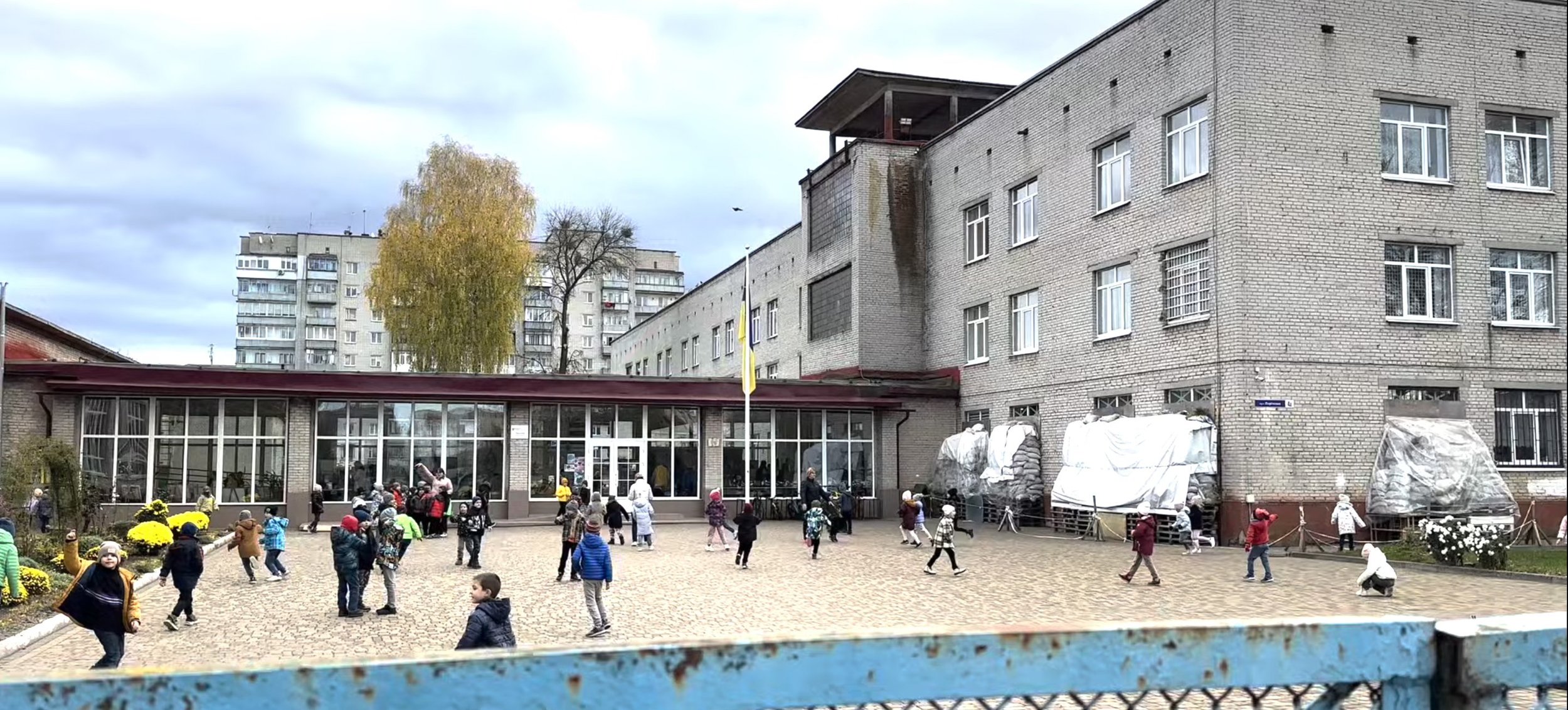Children playing in the school yard in L’viv Ukraine.
Published in Newsday on December 13, 2023
By Dr. Irwin Redlener and Karen Redlener
In the history of war, civilians rarely get a pass. Noncombatants, including children, are inevitably in harm's way. It doesn’t matter whether the conflict is centered around raw conquest and expansionism, religious dominance, fighting evil, insurgencies, or misinformation. Civilian innocence is rarely a consideration in the pursuit of security, power, riches, or hegemony.
So it is now with the ongoing conflicts in Ukraine and the Middle East, where most current public and media attention is focused. That said, it is worth remembering that horrific civilian casualties are mounting in South Sudan, Syria, and Yemen, among other nations seemingly entangled in “forever conflicts.”
Since Russia's invasion of Ukraine in February 2022, between 1,700 and 2,000 children have been killed or badly injured, and at least 20,000 Ukrainian children have been abducted and taken to Russia. Of some 7.5 million children among the total population of 40 million prior to the invasion, nearly 5 million have been displaced from combat zones in the east of the country to relative safety in western Ukraine — or out of the country entirely.
Many children are psychologically traumatized by the constant violent turmoil and uncertainty about when and how hostilities will end. In our own programs helping traumatized children in Ukraine, we found that one in three meets the criteria for moderate or severe trauma.
Children displaced within Ukraine or as refugees in other countries were suddenly separated from the communities and people they’ve known and placed in a new environment with unfamiliar customs, language, and culture. At the same time, many children are grieving loved ones lost in the ongoing conflict.
Other challenges for internally displaced and refugee children include sustaining educational continuity. In Poland alone, the latest estimates are that no more than one-third of 600,000 relocated school-age Ukrainian children are enrolled at in-person school.
So, what can we do to improve or manage the consequences for children drawn into a hot war?
To begin with, programs can and are being developed to creatively manage severe psychological trauma, a problem for almost one-third of displaced Ukrainian children. Group programs for traumatized kids that include psychological evaluation and follow-up are highly effective. These programs must be scaled up to meet the full scope of need; that's why we regularly meet with Ukrainian officials who can think effectively about scale.
In assisting such postwar recovery, the world must not only physically rebuild communities and infrastructure, it must also develop strategies to heal children impacted by war and reestablish “normalcy” in their lives and communities.
Grieving profound loss, facing educational challenges, and dealing with persistent untreated psychological trauma are toxic brews for children directly exposed to war. Will some kids come out of this experience and go on to live happy, productive lives? Of course. But it is the millions of children who will not easily recover that concern us.
Children who experience war anywhere are at risk of carrying hatred for the enemy and a perceived need for revenge into the next generation. That, predictably, translates into a self-perpetuating cycle of war that never ends. That is why supporting children impacted by war must be a priority, along with teaching them how and why the perpetuation of violence can and must be avoided.
As seen in:



